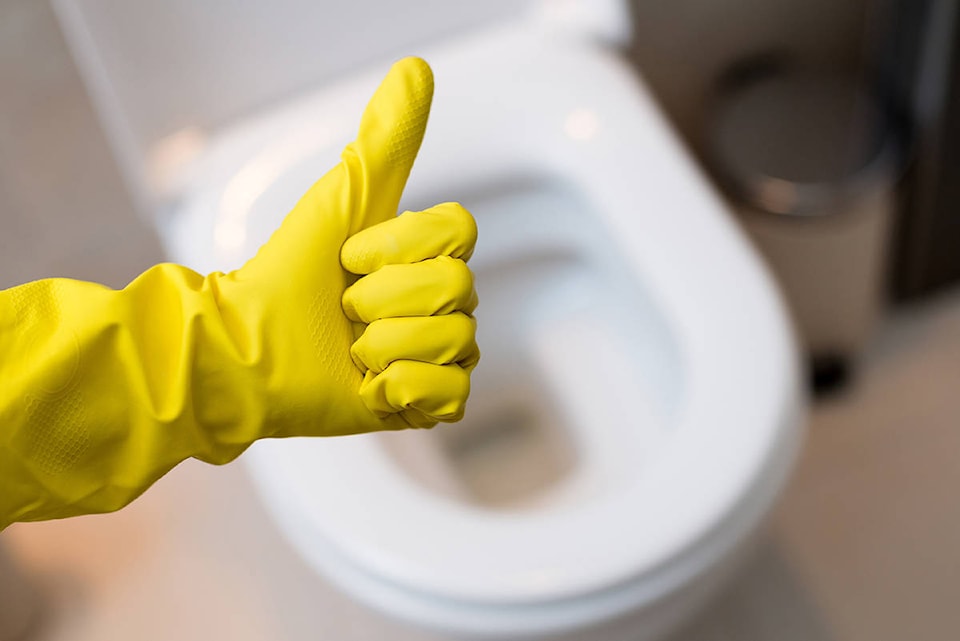Undetected water leaks waste more than water – they also waste money!
“Household leaks represent up to 14 per cent of indoor water use, adding up to a lot of drinking water waste – and higher water bills – for many homes in the Capital Region,” says Glenn Harris, senior manager of the CRD’s Environmental Protection team.
Toilets are the biggest culprit, and because most toilet leaks are caused by a worn or misaligned part, they’re hard to detect.
In fact, a toilet that continues to run after flushing could waste 20 to 40 litres of water an hour – enough to fill a swimming pool over the course of a year!
Be a Leak Detective
Fix a Leak Week – March 18 to 24 – is the perfect time to find and repair leaky toilets, faucets and other fixtures around your home.
To help get you started, the CRD is offering free leak detection kits that include dye tablets to check for toilet leaks, a faucet aerator, a shower bag to measure flows and a household water efficiency guide.
These free kits can be picked up from March 18 to 29 at a variety of locations around the region; find the one nearest you at crd.bc.ca/leaks
A good way to remember to check for leaking toilets is to do it at the same time you test your smoke detectors every year.
A dye tablet (available for free from the CRD) or food colouring is a simple way to check for a leaking toilet. Carefully remove the toilet tank lid. Place a dye tablet or some food colouring in the tank. Wait about 15 minutes without flushing then check the water in your toilet bowl. If the water is coloured, you’ve got a leak. (Note that toilet repairs may require the assistance of a plumber.)
Of course, the toilet isn’t the only source of leaks in the house, so the best way to check for overall leaks is to use your water meter following these simple steps:
- Shut off all of your water-using appliances and fixtures, including the automatic ice maker in the fridge.
- Remove the lid from your meter box (it’s usually concrete or metal, about 10x15 inches – be careful and take care not to damage the wires!)
- For new meters, watch the triangle in the middle of the meter for a few minutes. In older meters, watch the 10 gallon hand. If neither moves, you don’t have a leak.
- If you have a leak, you will need to play detective to find the source. The most likely culprits are toilets, faucets, showerheads, service lines and irrigation systems.
For more ways to save water around your home and garden, visit crd.bc.ca/education/water. You can also stay up-to-date on all the latest events and information on Facebook.
